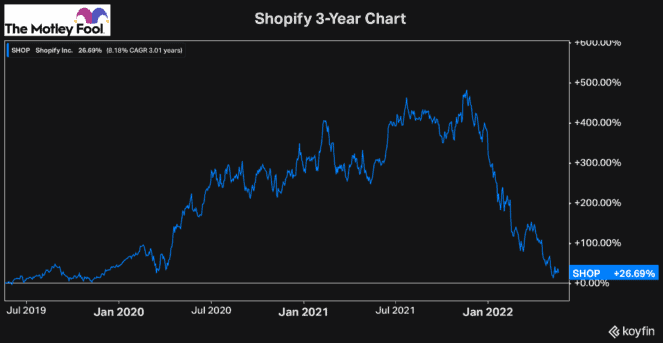There is a lot to research before deciding if a stock is a buy. Some of it will be to learn about how the business works. Parts of it will be focused on its industry. And you’ll even have to look at the risks and reasons why the stock might not be a buy.
Throughout your research, though, especially if you’re looking at a high-quality stock, there should be certain factors that stand out more than others. And often, these can help you decide whether or not to pull the trigger on buying a stock.
But of all the variables you’ll want to research, here are three of the most important considerations you’ll have to make to determine if a stock is worth a buy.
Looking at stocks’ operations and outlook can help you decide if it’s worth a buy
One of the most important ways to determine whether a stock is a buy or if you should look elsewhere has to do with its operations. You’ll also want to look at the company’s outlook and how much opportunity it has to expand those operations.
Looking at what a company does and how it makes money is extremely important to determine whether a stock is worth a buy.
This means looking for competitive advantages and how the company you’re researching has differentiated its product from its competitors.
You’ll also want to research and understand the economics of the company — both its microeconomics and how macroeconomic factors impact its ability to operate.
Another important factor to research is how resilient its sales are and whether or not it has recurring revenue. Any information you gather will be helpful in deciding whether the stock you’re looking at is a top-notch business or if you should move on and look for another investment.
Looking at its valuation can help you decide whether a stock is a buy
Another crucial method to decide if a stock is worth buying is by looking at its valuation. Just looking at its valuation won’t tell you much, though. You then have to compare it against several different factors to determine its value today.
One of the first methods is to look at the stock’s valuation now and compare it to its valuation in the past.
For example, Shopify (TSX:SHOP)(NYSE:SHOP) looks ultra-cheap. As you can see by its three-year chart below, the stock price hasn’t been this low since before the pandemic began.

However, an even closer look at Shopify shows its true value. Looking at Shopify’s price to sales (P/S), a popular measure for tech stocks that are still rapidly growing, the stock hasn’t been this cheap in well over three years.
Back in mid- to late 2019, well before the pandemic hit, Shopify was trading at a forward P/S ratio between 17 and 25 times. Today, Shopify has a forward P/S of just 7.4 times.
In addition to comparing stocks to themselves in the past, it’s also important to look at how they compare to their industry peers today.
Shopify has always been a premium stock and has often traded for slightly more than its competitors due to its exceptional growth potential.
Lastly, you’ll want to look at how the company has been performing lately against the entire market. When investors choose to pick their own stocks rather than invest in an index fund, it’s because they believe they can outperform the market.
Therefore, it’s always crucial to compare stocks against the market to find out what companies are overperforming, which are underperforming and where the best value is today.
Look at your portfolio exposure and what other opportunities are available
In addition to looking at the specifics of the target stock to decide if it’s worth an investment, you’ll also want to weigh it against your current portfolio and the exposure you already have.
For example, if you’re already overexposed to tech, and there are high-quality opportunities in consumer discretionary, it wouldn’t make sense to buy another tech stock like Shopify.
So, it’s crucial for investors to not just understand the stocks they are looking to buy but also their own portfolios to know which stocks will be the best to buy.








